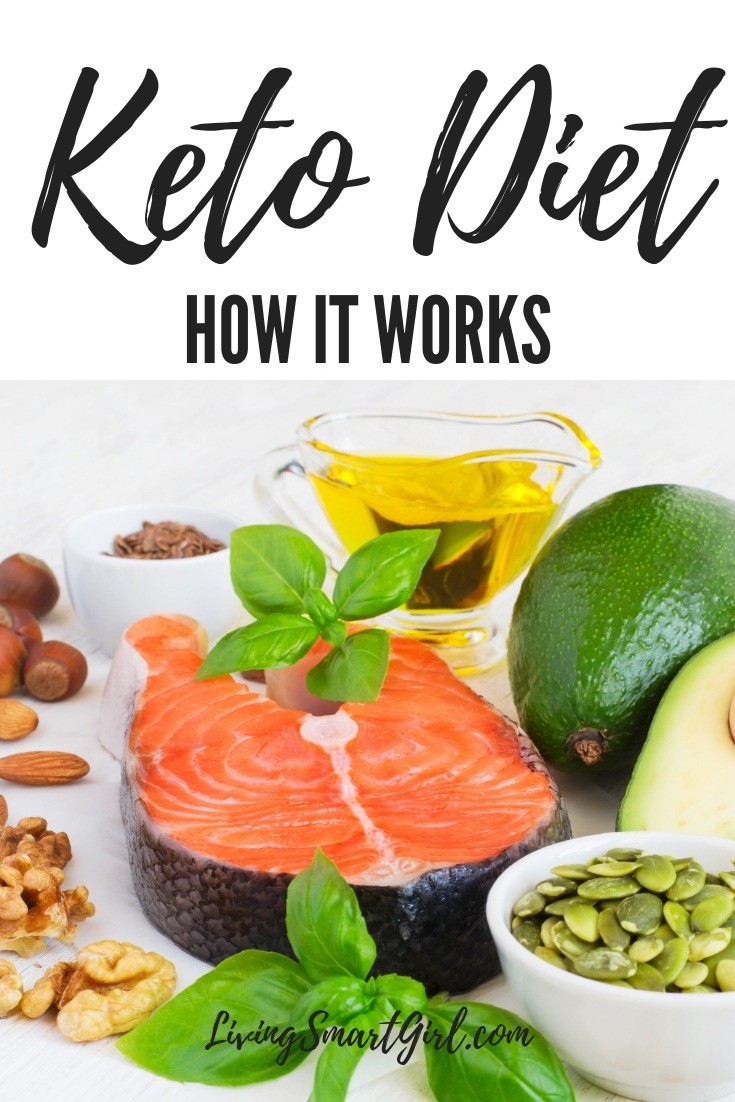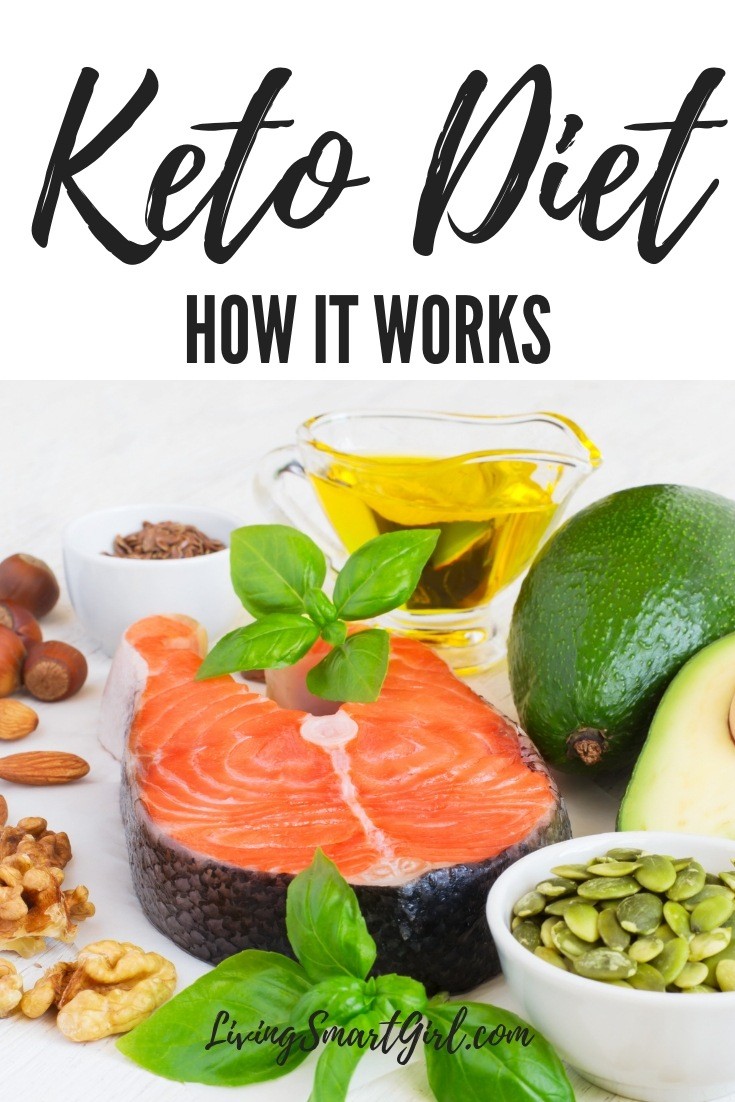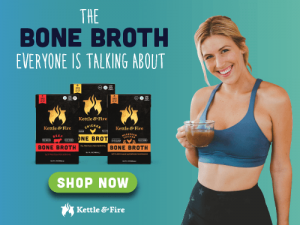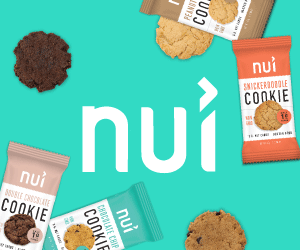
How The Keto Diet Works
Disclosure ~ This awesome post about how the keto diet works, contains awesome affiliate links.
It’s all about ketosis.
Attaining it and maintaining it.
First, the Keto Diet is similar to many low-carb, high-fat diets. But, there is a difference. That difference is the intentional reduction of carbohydrates to the point of putting your body into ketosis. No other low-carb, high-fat diet does this.
Ketosis is a normal process that the body does every day, regardless of the number of carbs you eat. Your body processes different types of nutrients into the fuels that it needs. Proteins, fats, and carbs are all processed for use. The ketogenic diet, which is a low carb, high fat diet, ramps up this process.
When in ketosis, your body is in a metabolic state where most of the body’s energy comes from ketone bodies in the blood. Ketones are molecules that occur when your body burns fat as an energy source.
This is in contrast to a glycolysis state where blood glucose provides most of the energy. So this means your body is burning fat for energy instead of carbohydrates.
Why does this happen? Our bodies normally run on glucose for energy. We can’t create glucose and only store 24 hours-worth in our muscles and liver. Once this glucose is no longer available, we begin to burn stored fat. The ketogenic diet, therefore, eliminates glucose and causes the body to burn stored fat.
The Keto Diet
The Keto Diet is low-carb, high fat, high protein and these elements are eaten daily in these amounts: at least 65% of your food intake is from fat. This leaves you with about 30% proteins and the last 5% can be an additional 5% of fat or 5% of dark green low carb vegetables like dandelion leaves, kale, spinach, Swiss chard, etc.
Understanding what can and cannot be eaten is vital to making the keto diet work as a weight loss diet. Macronutrient, and tracking the intake of those nutrients, becomes part of the process of attaining and maintaining ketosis.
Macronutrients are the largest class of nutrients the body requires for energy. They include protein, carbohydrates, and fats. When we refer to “macros,” we are referring to these major nutrients. Since “macros” means large, macronutrients are those nutrients we need in large amounts.
There are three major macronutrients important to health and energy:
• Carbohydrates
• Healthy Fats
• Protein
Remember, the Keto Diet is low-carb, not no-carb. So there will be carbohydrates in the daily food that is eaten, just a much lower number than the average person eats. And, to replace the lost carbs there is an increase in protein and fat intake. This is why monitoring and tracking macronutrients each day helps to achieve success while on the keto diet.
I have a wonderful section called My Keto Panty where you will find recipes, supplement, keto and low carb foods, meal plans and info on many keto friendly things. I also have many posts on Keto. See below for a quick list of my posts.
The main 4 things I love and recommend on a keto lifestyle are these —>
Meats from ButcherBox
Keto Essentials from KissmyKeto
Bone Broth from Kettle & Fire
Keto Cookies from EatNui
You can also check out these top picks on Amazon.
Check out all these posts —- >
The Health Benefits of Going Keto
What Can You Eat on a Keto Diet?
Tracking Your Macros to Stay in Ketosis







Leave a Reply